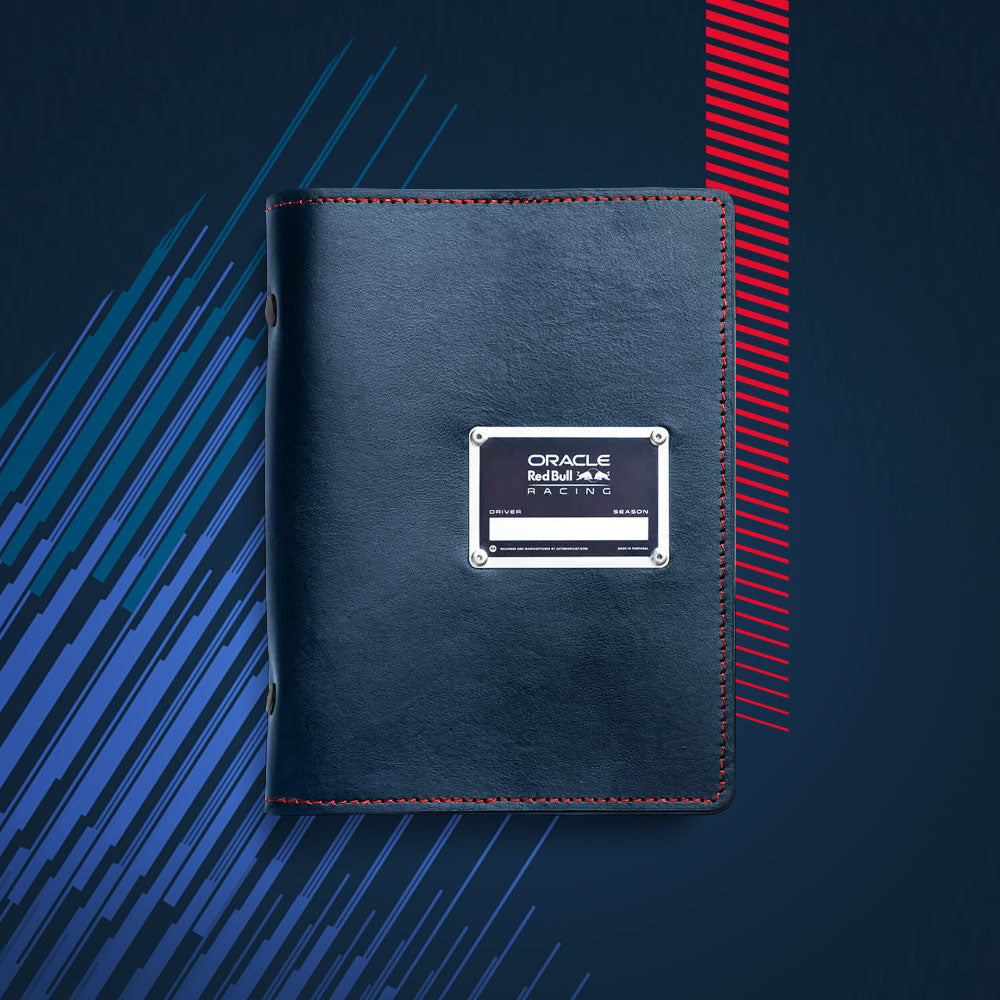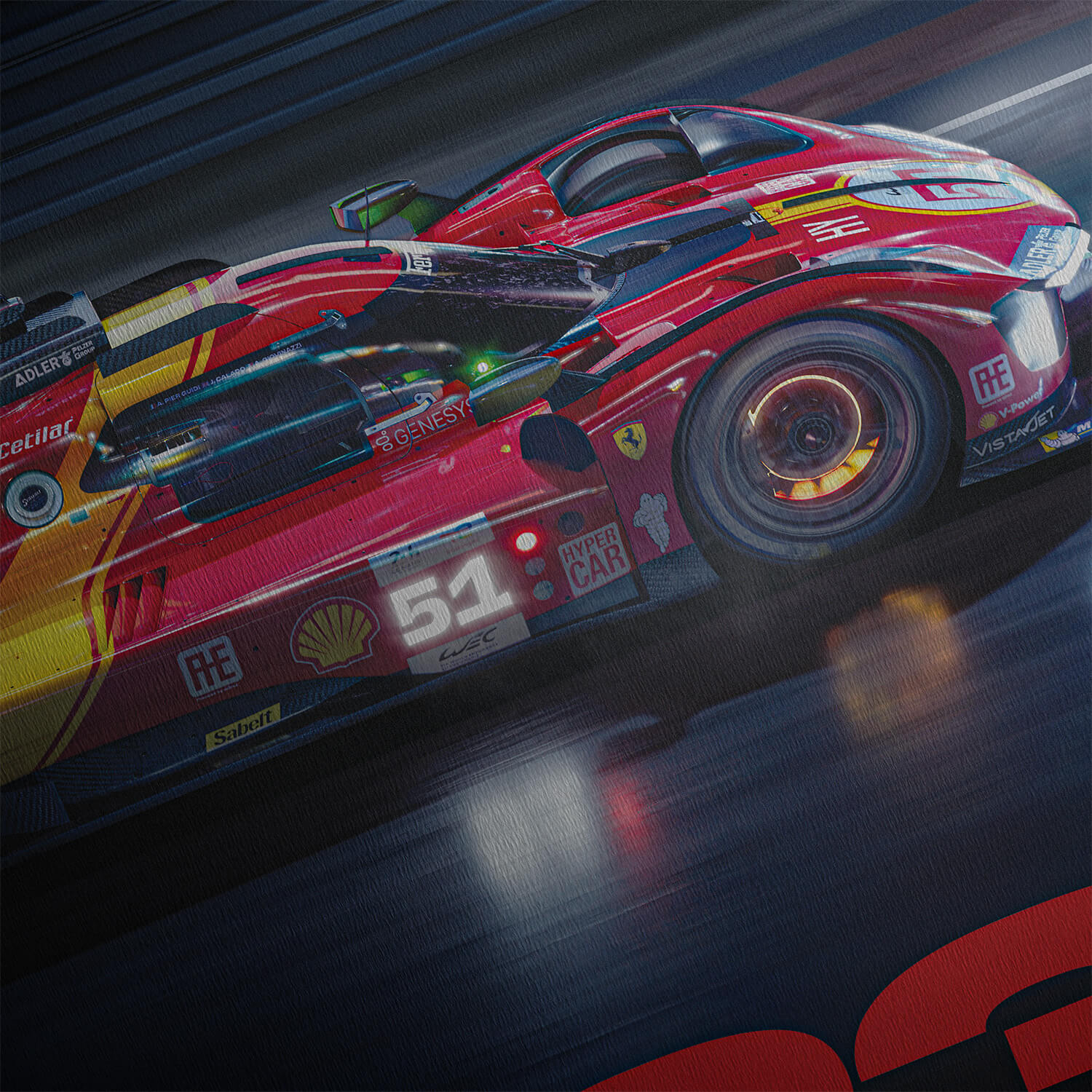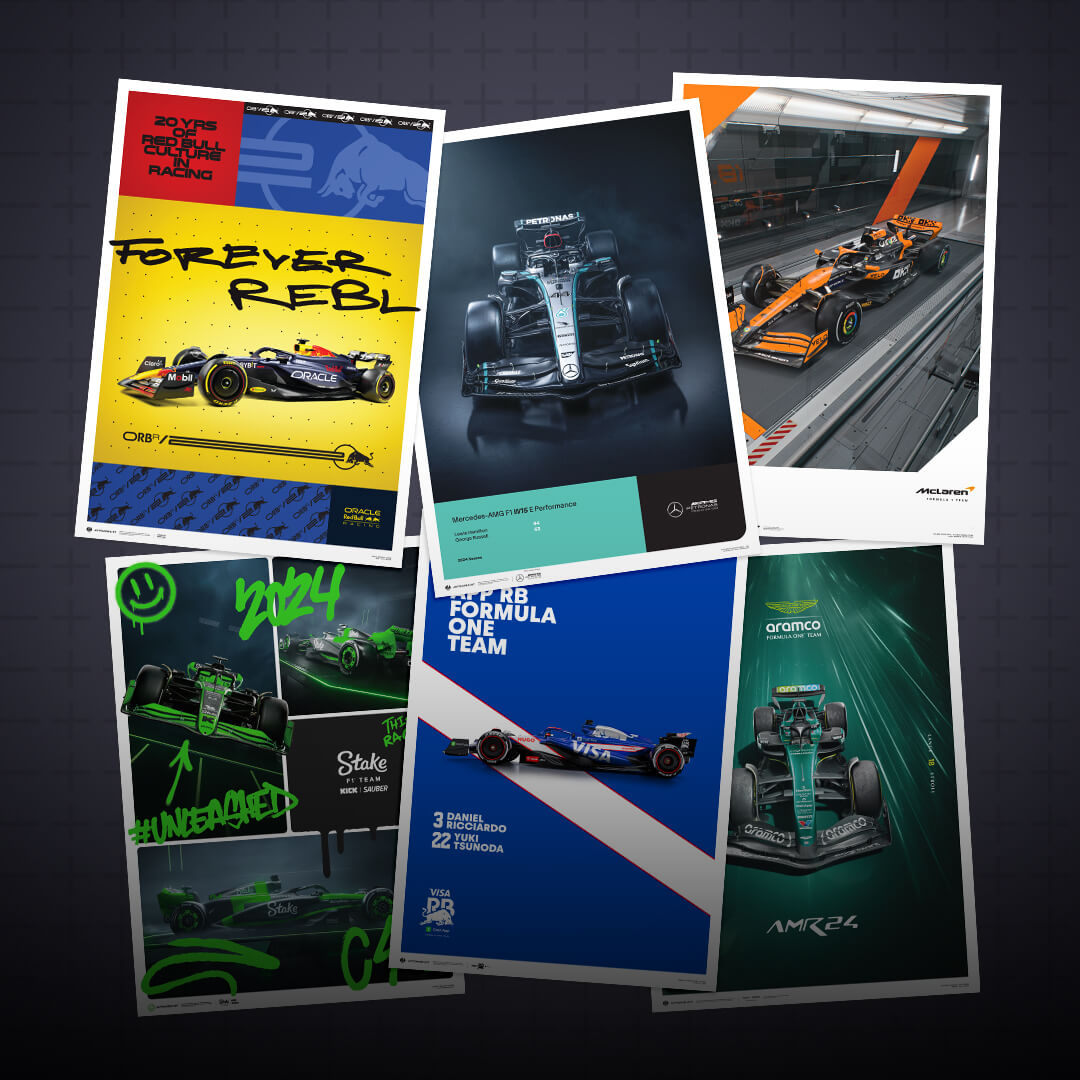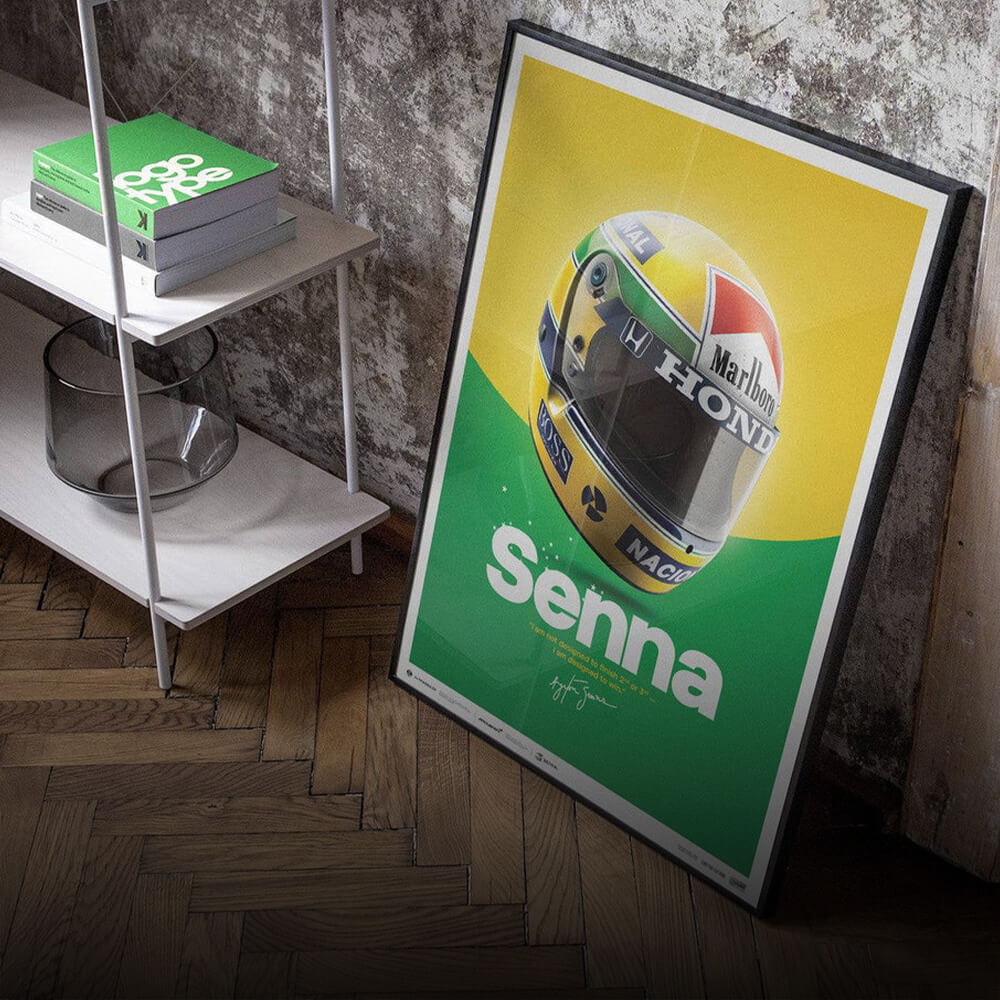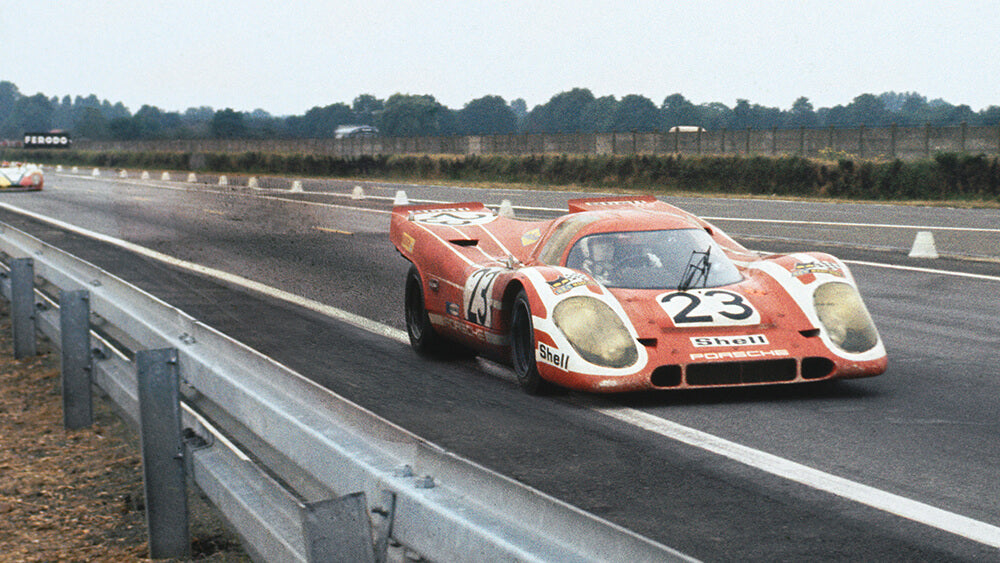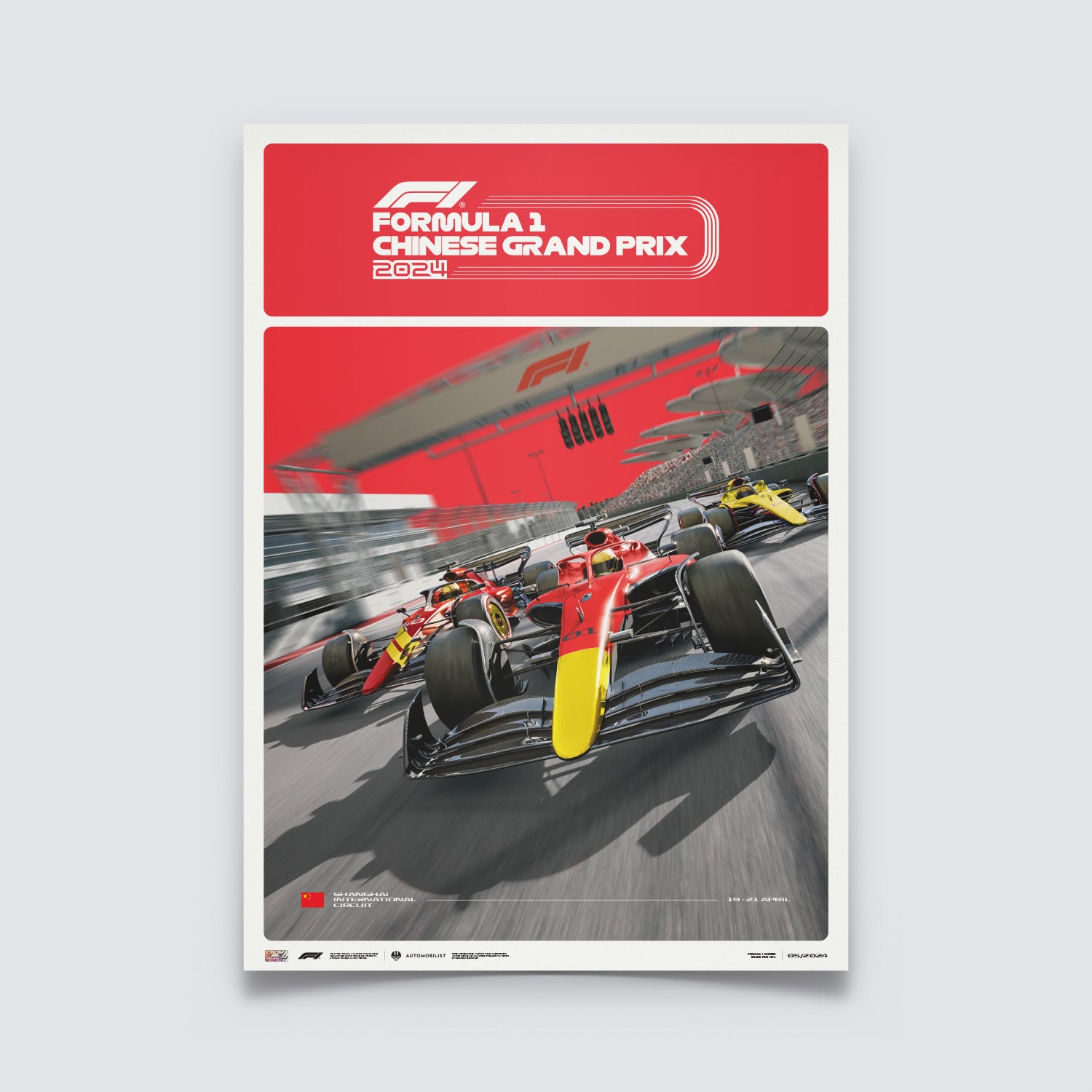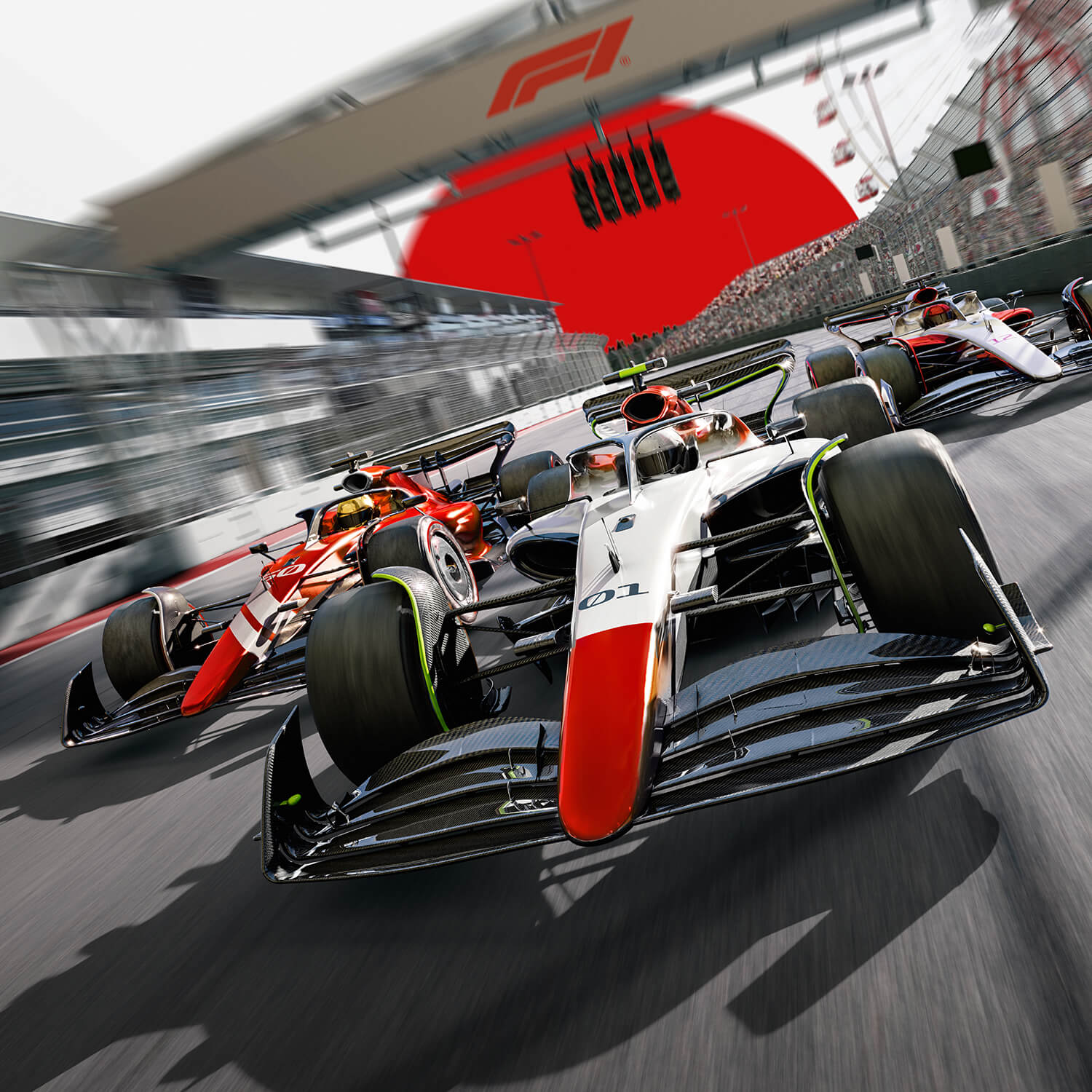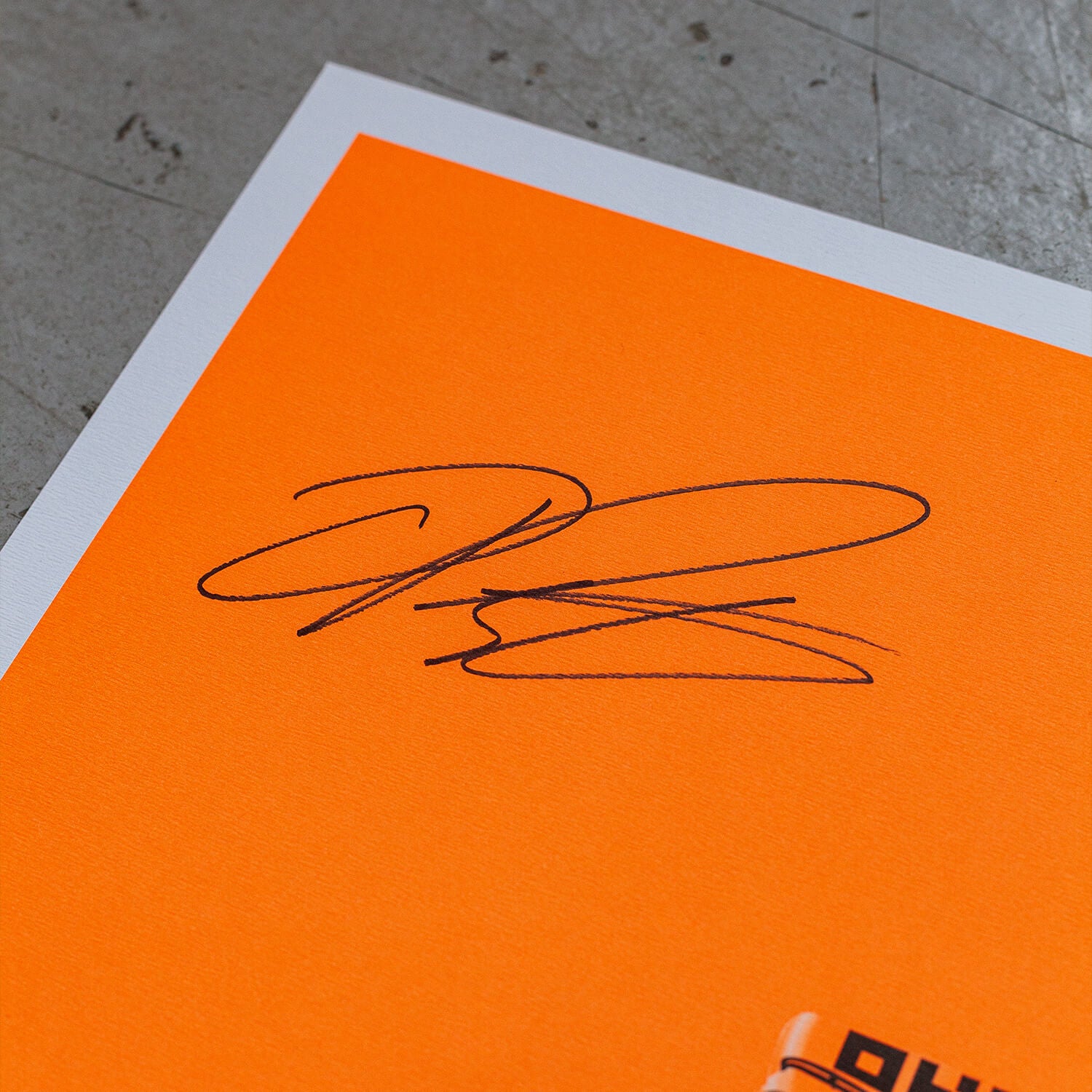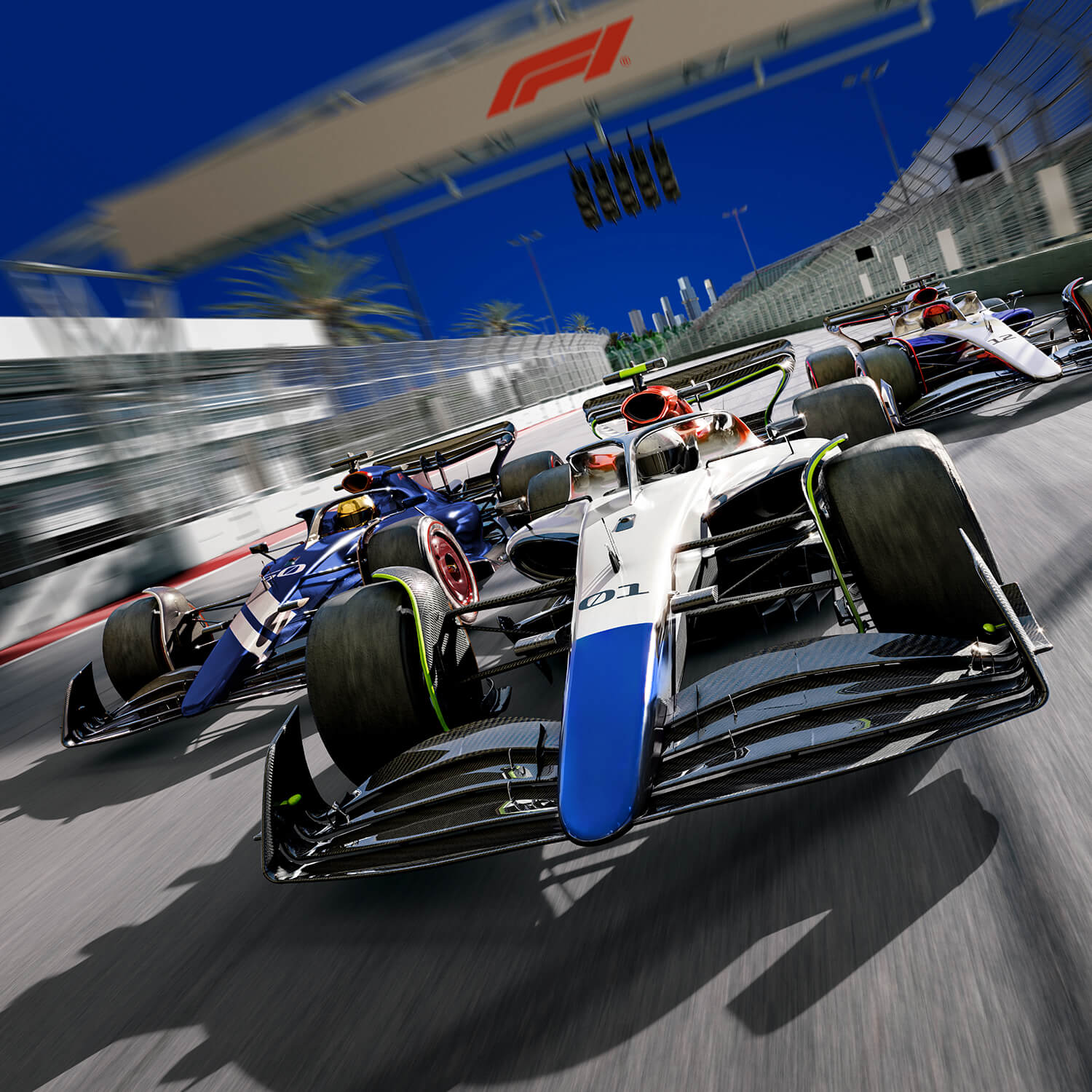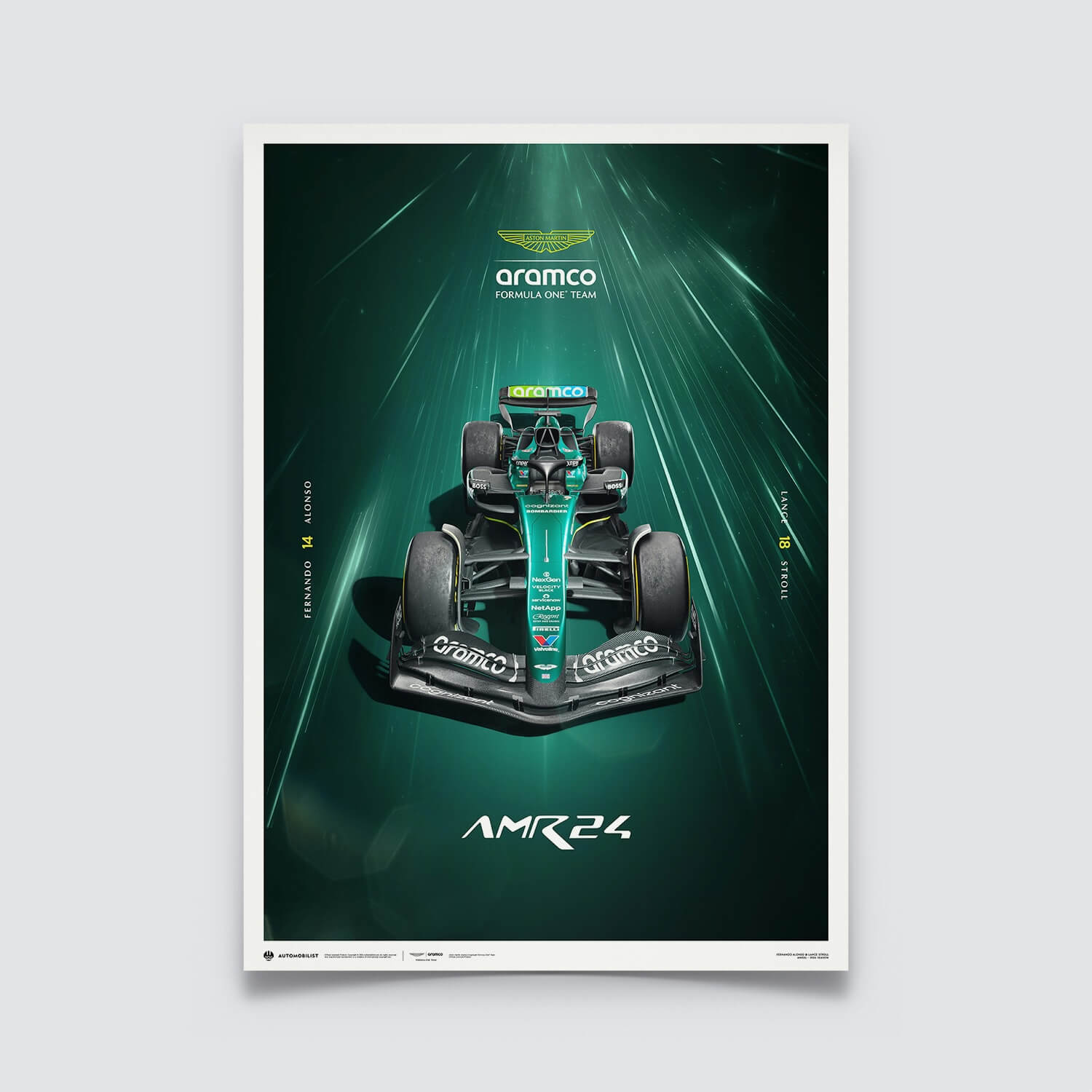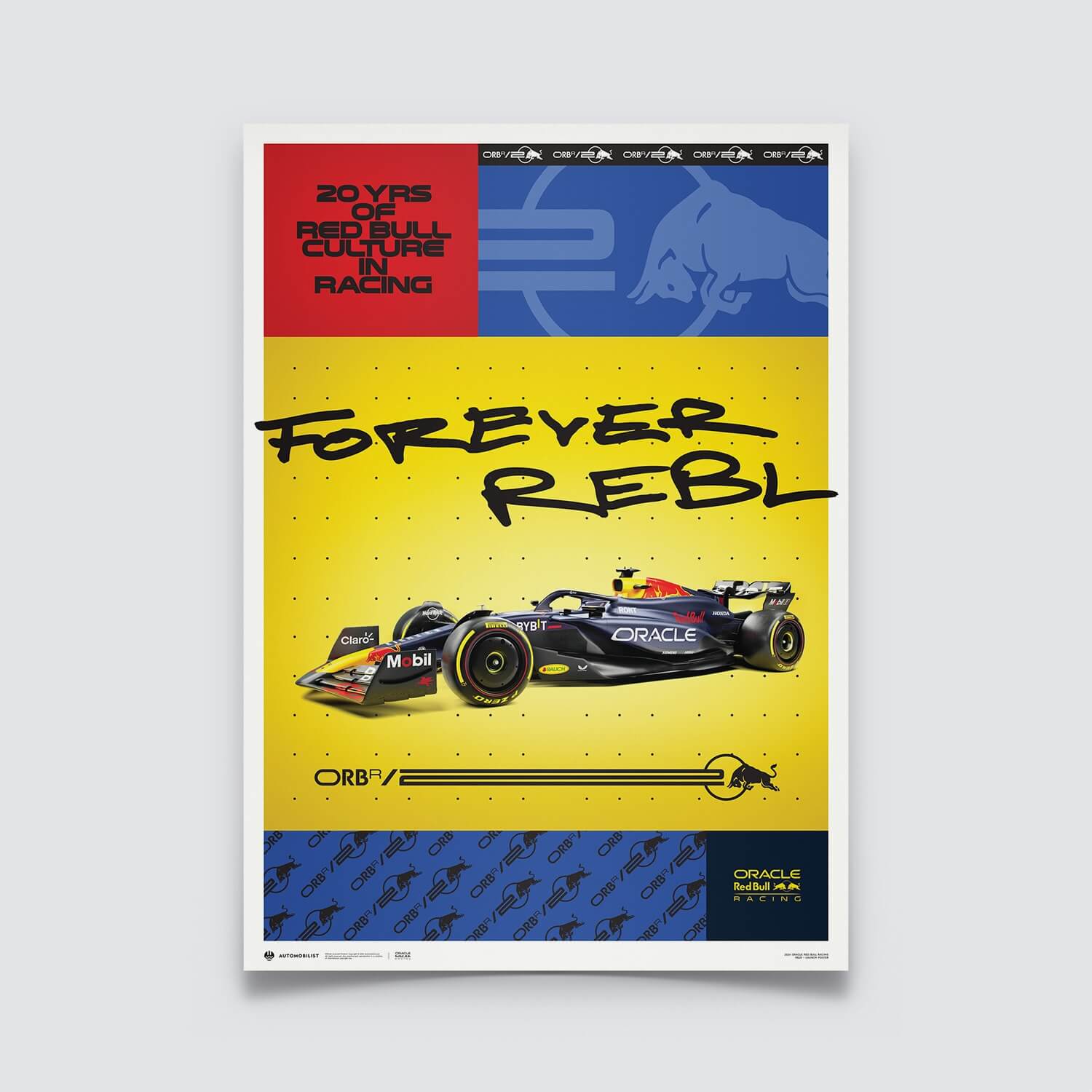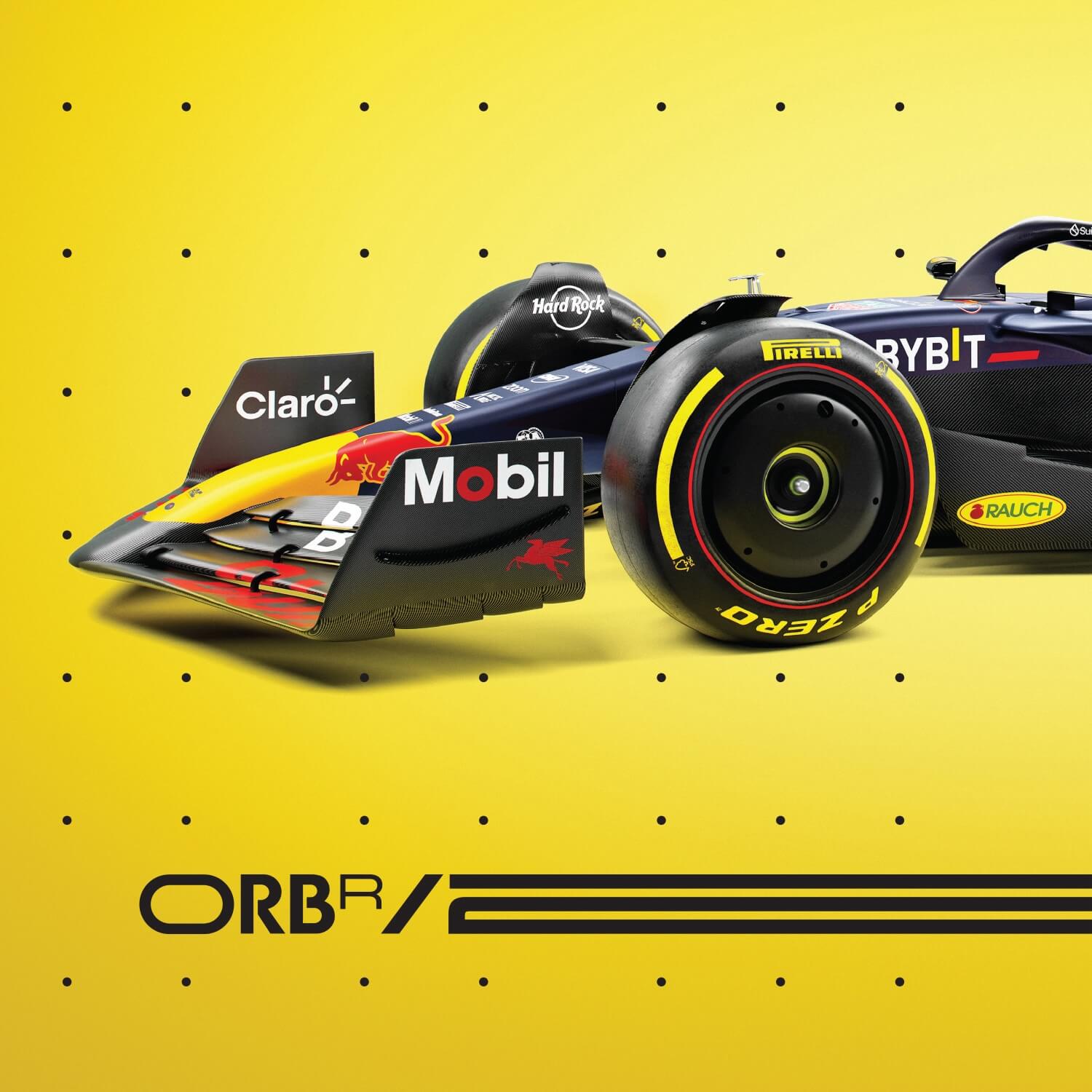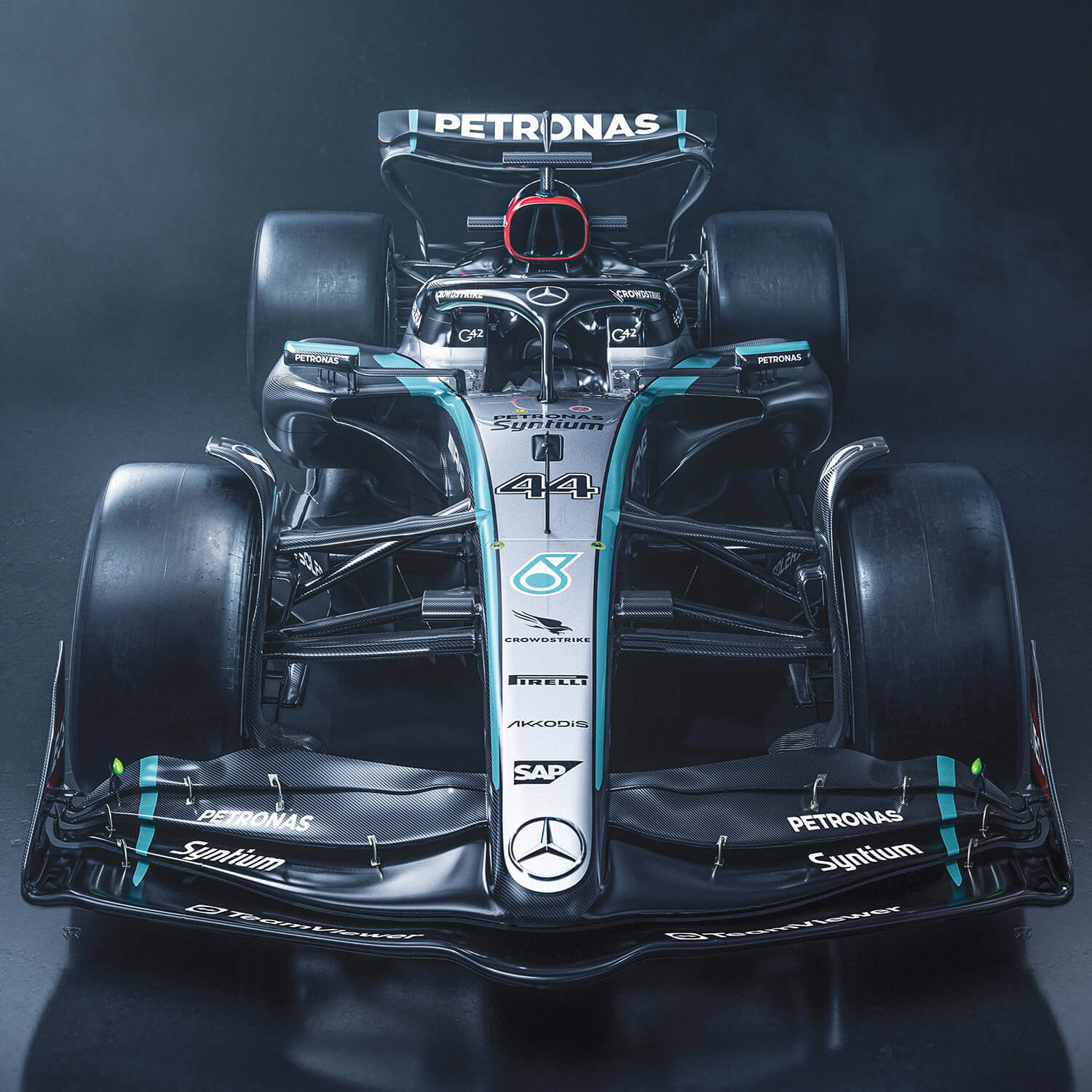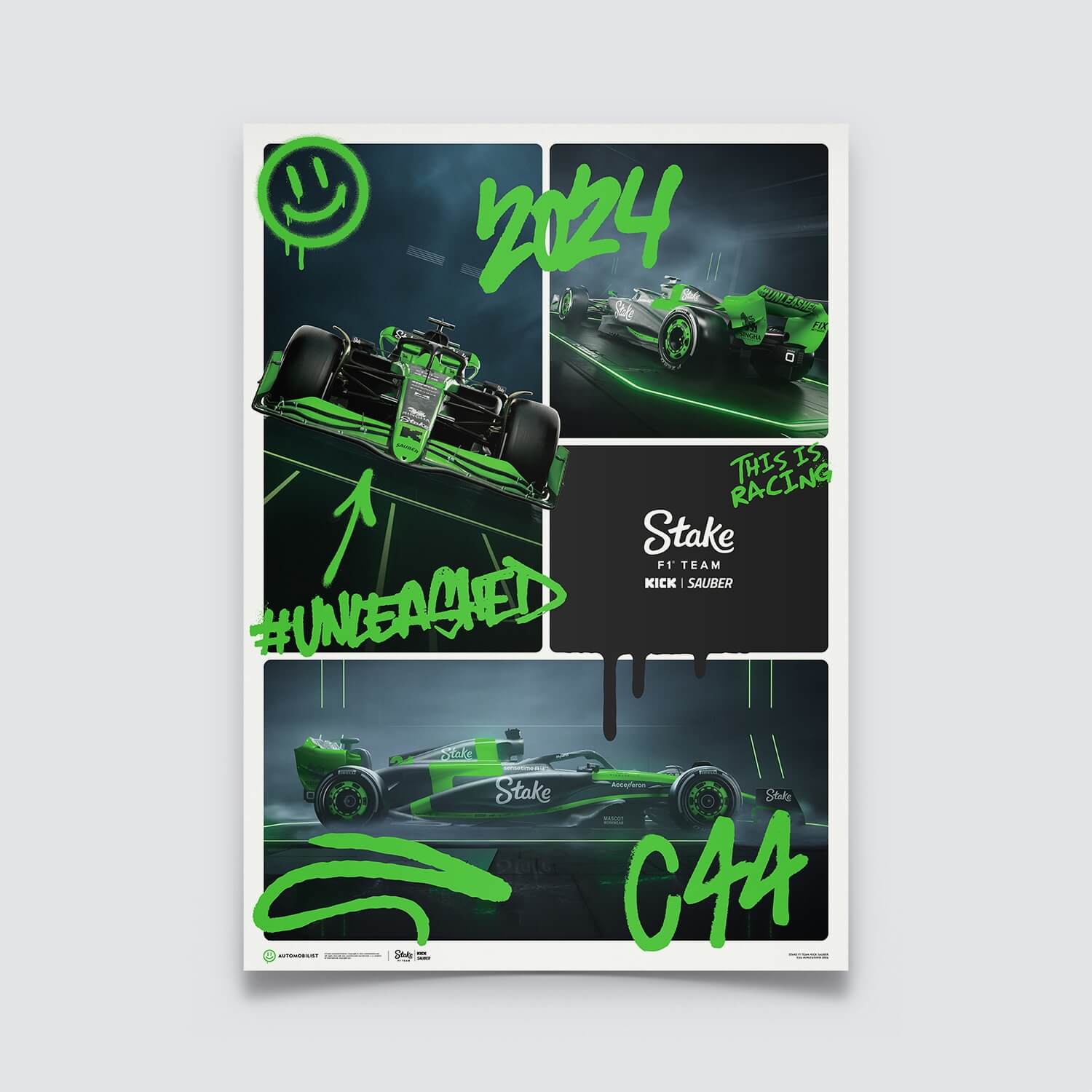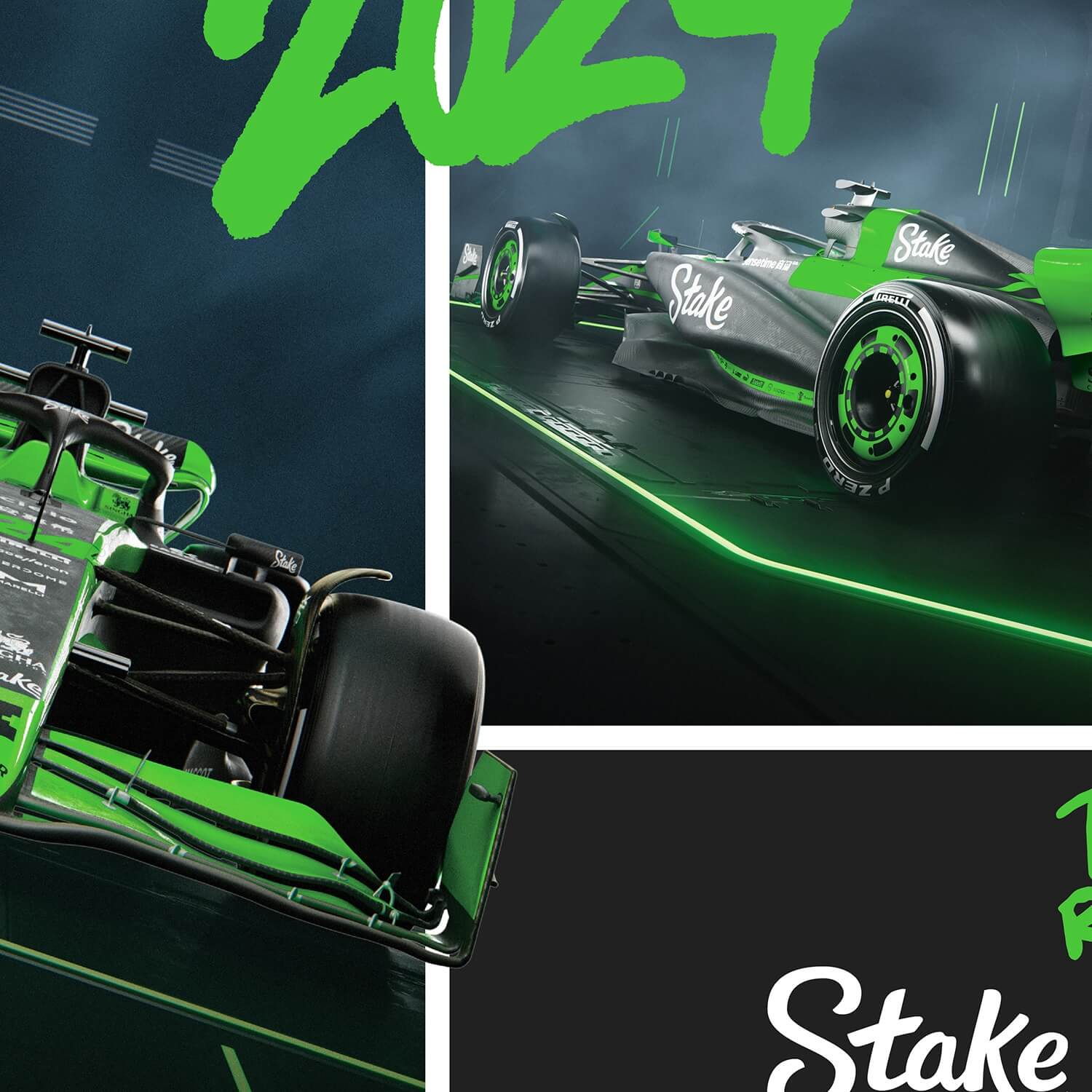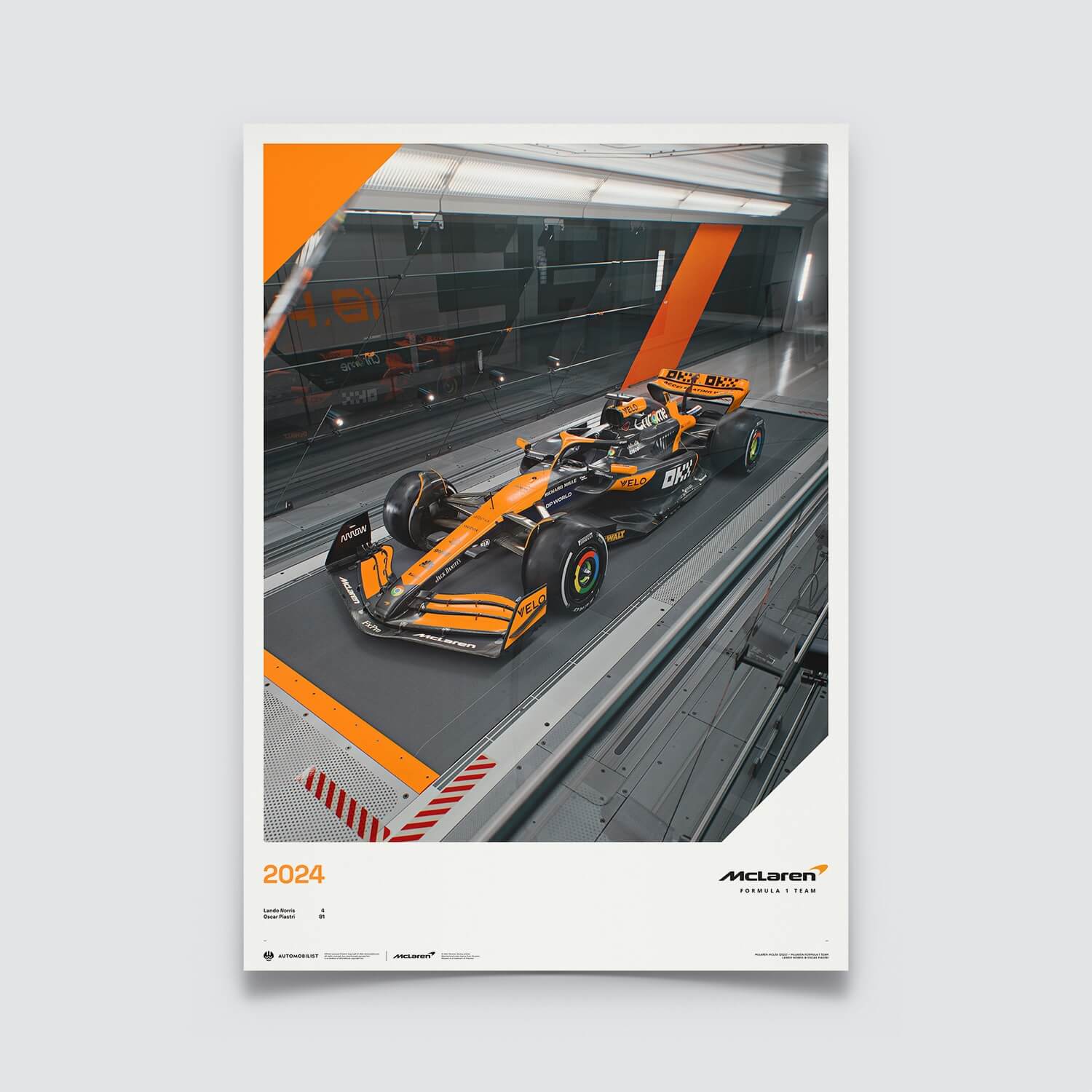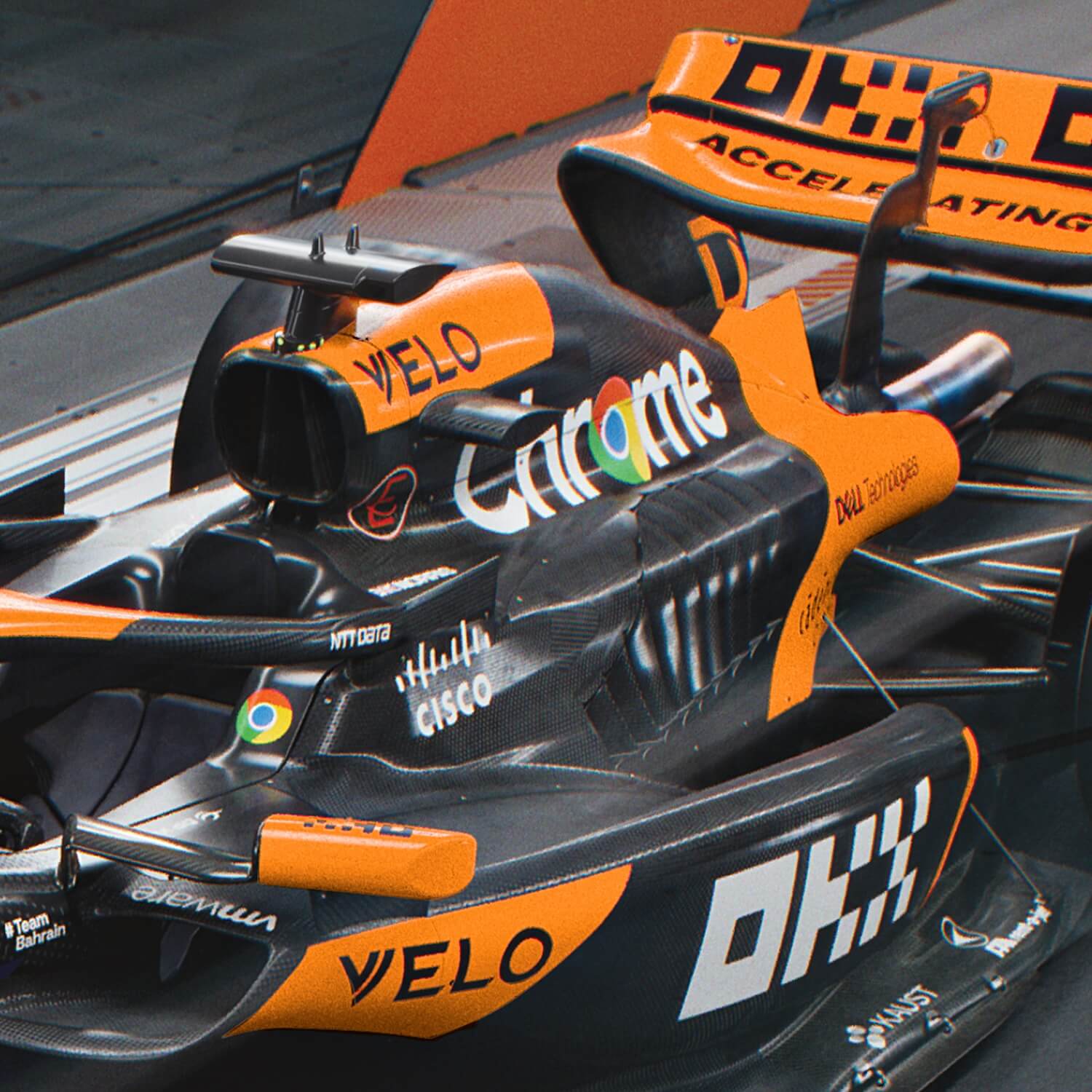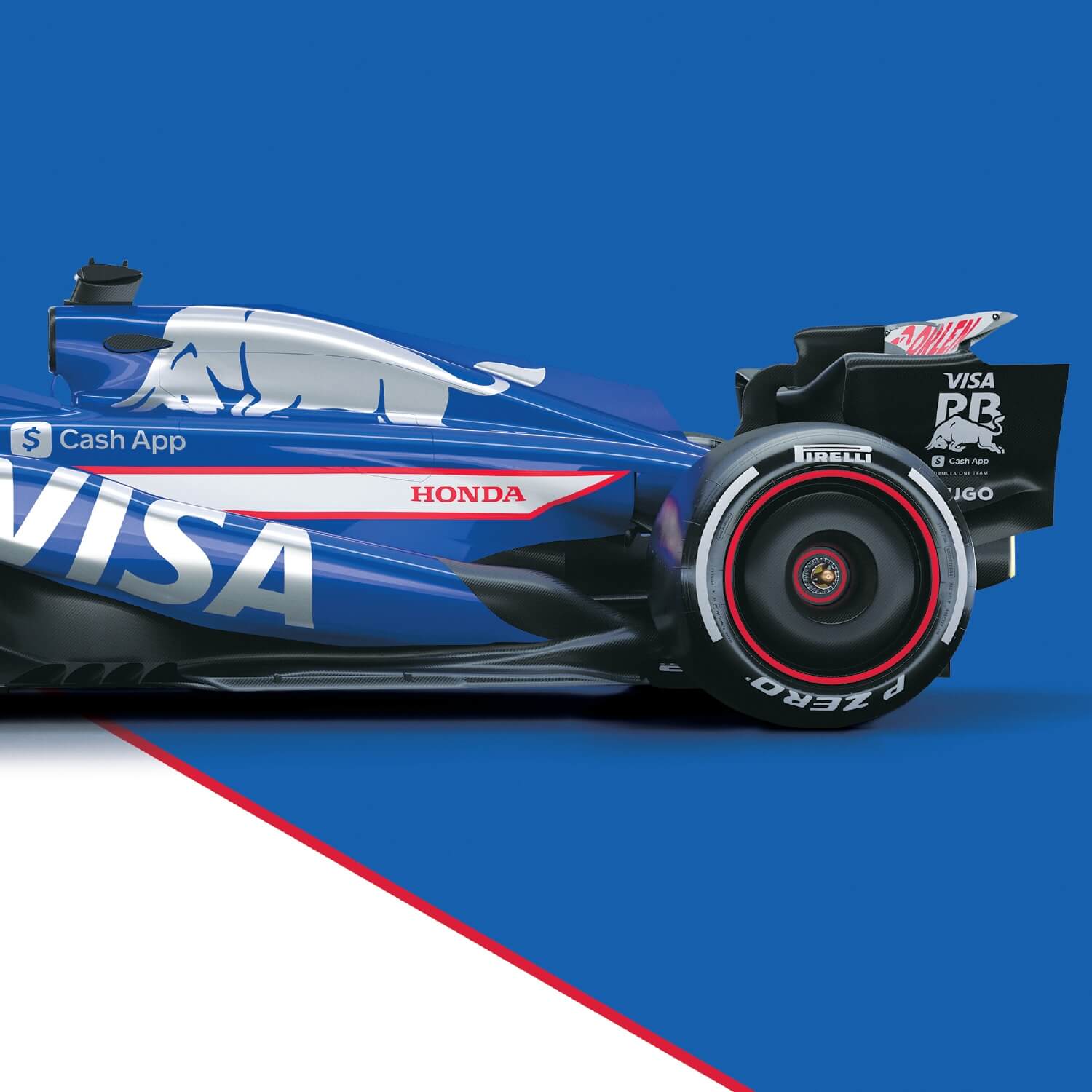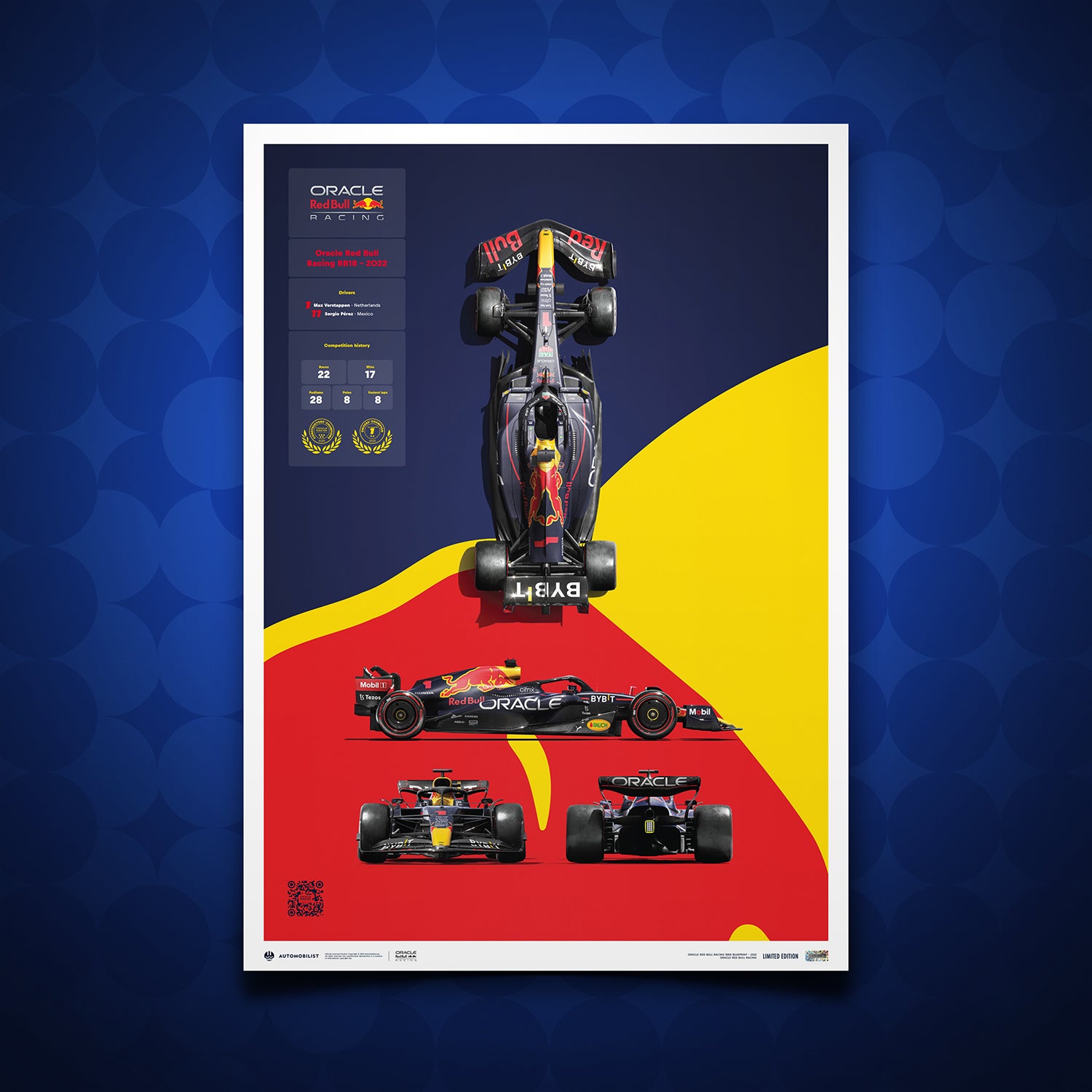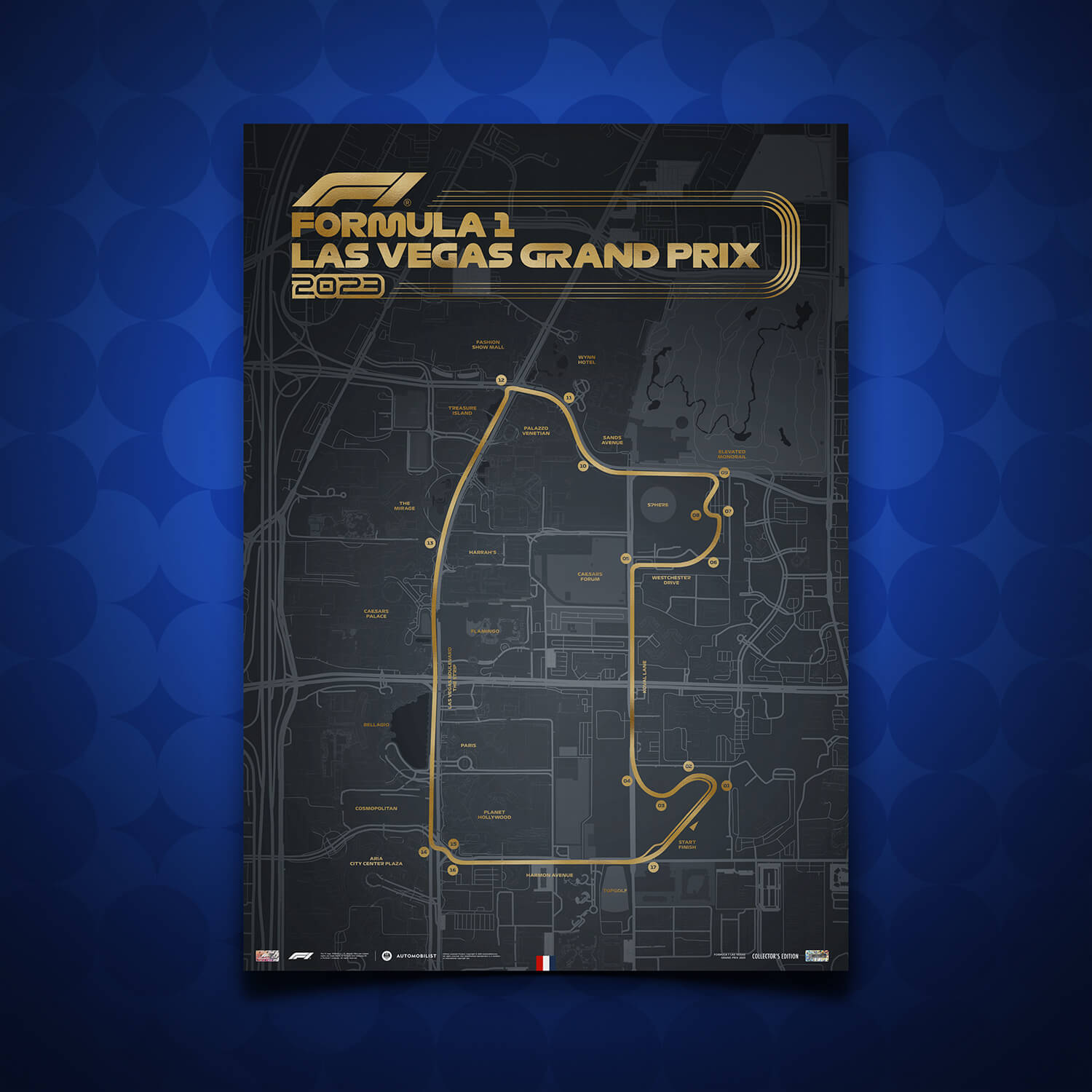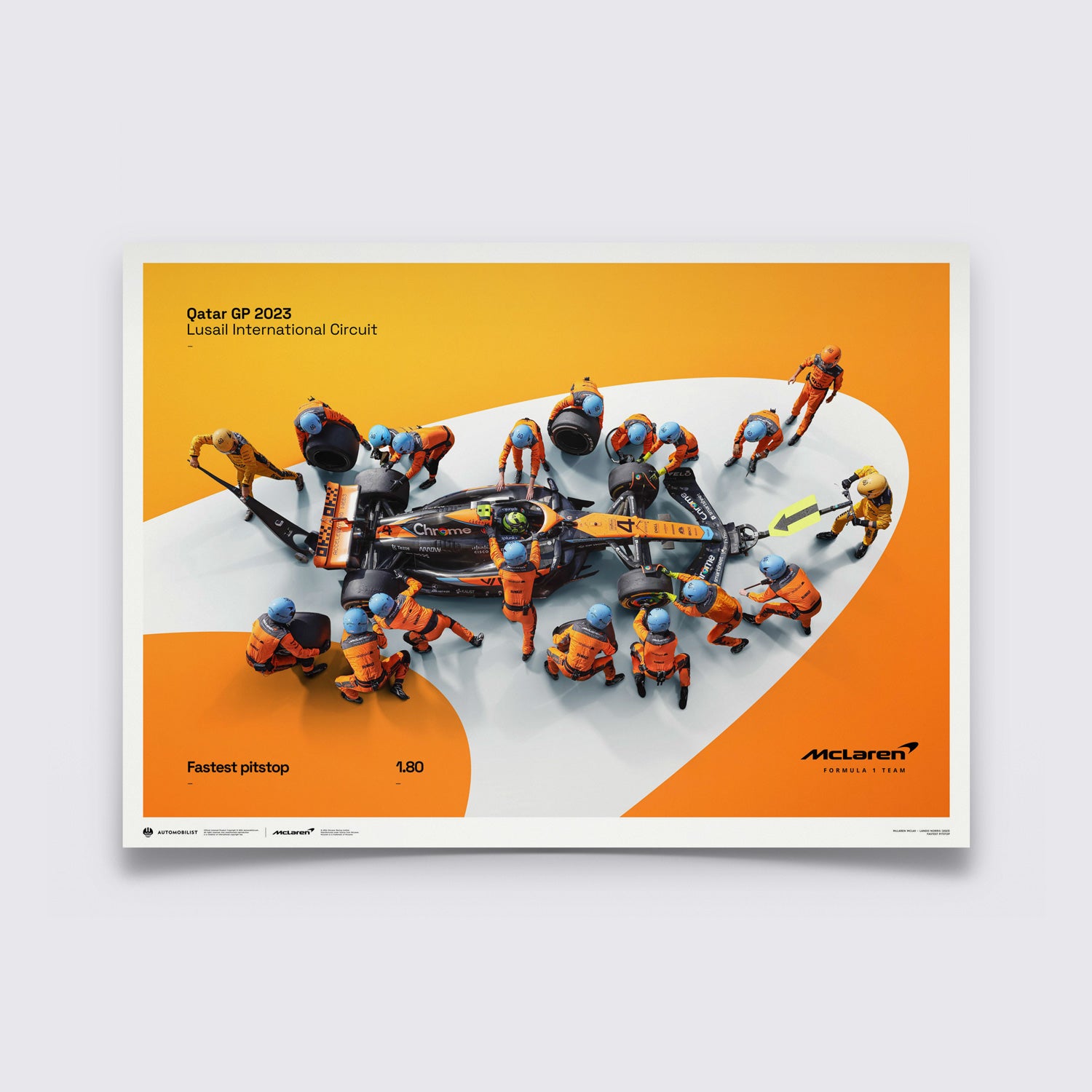24h Le Mans Centenary: 1963-1972 | Written by Richard Kelley
The 1970 Salzburg 917 will always be the spirit of Porsche. Porsche, a small carmaker in the 1960s, had no easy financial justification for chasing Le Mans victories. Nevertheless, Porsche's leadership decided this seeming impossibility didn't sound so impossible. and, thanks to the #23 Salzburg 917, it became “Mission Accomplished”.
In the half-century since, the company has won Le Mans overall another 18 times. It all started with Porsche's never give up attitude.
In 1968, the FIA changed the regulations for the World Sportscar Championship by suddenly raising the displacement limit from three to five litres. Porsches’ first Le Mans challenger, the three-litre Porsche 908, was instantly obsolete.
 Rolf Stommelen / Jochen Neerpasch, Porsche 908/8 runs in 3rd position at the 1968 24h Le Mans. Image Courtesy: Motorsport Images.
Rolf Stommelen / Jochen Neerpasch, Porsche 908/8 runs in 3rd position at the 1968 24h Le Mans. Image Courtesy: Motorsport Images.
Incensed about the sudden rule change, Head of Development Ferdinand Piëch gave the go-ahead to build a new competitor, code-named the new five-litre Porsche 917.
The 31-year-old engineer cast aside all doubts about the massive project. He knew Porsche was at the right time, the right place, and with the right people to produce a car capable of winning, and he chose the route of “at any price”.
Piech enhanced the 908’s flat-eight motor to achieve this higher displacement with four more cylinders, thereby creating Porsche’s first flat-12. That engine was bored and stroked to 4.5 litres, just below the legal limit. Engineers liberally employed exotic metal alloys, titanium, and magnesium to lighten the motor.
Piech’s weight saving was even more remarkable. The lightweight, tubular aluminium frame barely weighed over 100 lbs (45 kg) and functioned as piping to the front oil cooler. The gear knob was wood, and the body panelling was paper-thin fibreglass.
The new wishbone suspension was aluminium, with titanium suspension springs; someone even drilled holes in the key to minimise weight.
 Rolf Stommelen / Kurt Ahrens, Jr., Porsche System Engineering, Porsche 917 LH, leads the field at the start of the 1969 24h Le Mans. Image Courtesy: Motorsport Images.
Rolf Stommelen / Kurt Ahrens, Jr., Porsche System Engineering, Porsche 917 LH, leads the field at the start of the 1969 24h Le Mans. Image Courtesy: Motorsport Images.
FIA’s new rules also stated that manufacturers needed to have 25 cars constructed to meet homologation regulations. When the FIA came for their examination, only six new Porsche 917 finished.
The 917 passed inspection; however, FIA stated it could not compete until all remaining cars were built. With Porsche’s 1969 season now in jeopardy, Piech rushed the remaining cars into production. Nothing, it would seem, was ever too cost-prohibitive.
Porsche’s late start of the 1969 season left no time to test. To their horror, Porsche discovered the stunning long-tail 917 had a fatal flaw: it could not be driven at the limit.
In stepped John Wyer. The same team manager who brought Le Mans victories to Jaguar, Aston Martin and the winning Ford GT40 in 1968 & 1969 saw immense promise in Porsche’s new 917.
Wyer told Porsche that he could correct the car’s wheelspin and stability problems encountered at the 200 mph plus top speeds. His simple solution - attaching two shorter upswept aluminium tailpieces to the 917’s decklid, pushed turbulent airflow beyond the rear body.
Instability solved, the 917 became a world beater.
 Hans Herrmann / Richard Attwood, Porsche KG Salzburg, Porsche 917 KH makes a pit stop at the 1970 24h Le Mans. Image Courtesy: Motorsport Images.
Hans Herrmann / Richard Attwood, Porsche KG Salzburg, Porsche 917 KH makes a pit stop at the 1970 24h Le Mans. Image Courtesy: Motorsport Images.
For the 1970 World Endurance Championship, three Porsche teams (Gulf Wyer, Martini, and the Salzburg Porsche factory team) arrived at Le Mans sporting two 917 variations, the 917 LH “Langhecks” (long-tail) and 917KH “Kurzheck” (short-tail).
Porsche-Salzburg’s #23 red & white 917 KH featured Wyer’s angled, clipped tail design that sacrificed high speeds for cornering stability.
In contrast, the 917LH cars featured a low-drag body like the original 1969 version, but thanks to Wyer’s downforce discovery, the Elford/Ahrens #25 was an infinitely more stable rocket ship.
Eight Porsche 917s headed to Le Mans to take on eleven Ferrari 512s. Porsche planned to use John Wyer's proven Le Mans scenario. His Elford/Ahrens #25 long tail would be the lure, the pacesetter that runs off the front and wears down the red racers from Maranello.
 Vic Elford / Kurt Ahrens Jnr., Porsche KG Salzburg, Porsche 917 LH at the 1970 24h Le Mans. Image Courtesy: Motorsport Images.
Vic Elford / Kurt Ahrens Jnr., Porsche KG Salzburg, Porsche 917 LH at the 1970 24h Le Mans. Image Courtesy: Motorsport Images.
For Porsche's 20th year anniversary, Ferry Porsche himself had the honour of dropping the tricolour flag at 16:00. As per Porsche's plan, by 17:30, when the rain began to fall, all the Ferraris had already lost touch with Porsche's Elford/Ahrens 917 LH rocket.
From the start, Elford could push #25 to the limit and beyond. He knew from the first lap their engine wouldn't be able to finish the race at that pace. Thanks to Porsche's aero alterations, the 917 LH expected breakdown came unexpectedly late.
At dawn, the weather turned from heavy rain to a storm. Three 917s were leading, followed by a 908. The end of the 917 LH finally arrived on Sunday morning at 8:35. After 226 laps, an intake valve failed just as Ahrens shifted from second into third before the pits. Indeed, “sprint over, mission accomplished”.
Their Porsche Salzburg teammates Hans Herrmann and Richard Attwood took the lead as planned after calmly threading through the middle of the pack to secure Porsche's first Le Mans victory.
 Hans Herrmann / Richard Attwood, Porsche KG Salzburg, Porsche 917 KH leads the 1970 24h Le Mans. Image Courtesy: Motorsport Images.
Hans Herrmann / Richard Attwood, Porsche KG Salzburg, Porsche 917 KH leads the 1970 24h Le Mans. Image Courtesy: Motorsport Images.
Of the 51 cars that had started, 16 were still running after 24 hours, and twelve of them were Porsche.
The Salzburg Porsche 917 remains the benchmark today, pushing engineers to develop superior aerodynamics, turbocharging, and engines to beat their outrageous records.
Follow the link below to read more stories from the 100 years of 24h Le Mans and discover our celebratory poster collection in cooperation with the Automobile Club de l'Ouest.

